In which of the following regions of the body are the tibia and fibula?
Coxal
Antecubital
Tarsal
Crural
Correct Answer : D
The tibia and fibula are located in the crural region of the body, which is the lower leg between the knee and ankle. The coxal region refers to the hip area, the antecubital region is the front of the elbow, and the tarsal region is the ankle and foot.

TEAS 7 Exam Quiz Bank
HESI A2 Exam Quiz Bank
Find More Questions 📚
Teas 7 Questions: We got the latest updated TEAS 7 questions
100% Money Refund: 100% money back guarantee if you take our full
assessment pass with 80% and fail the actual exam.
Live Tutoring: Fully customized live tutoring lessons.
Guaranteed A Grade: All students who use our services pass with 90%
guarantee.
Related Questions
Correct Answer is C
Explanation
The correct answer is c. germ. If a mother's germ cell contains mutated DNA, this mutation can be passed to her offspring. Germ cells are the reproductive cells (eggs in females and sperm in males) that carry genetic information from one generation to the next.
a. Somatic cells are all the other cells in the body that are not germ cells. Mutations in somatic cells are not passed on to offspring.
b.White blood cells are a type of somatic cell that plays a role in the immune system.
d. Stem cells are undifferentiated cells that have the ability to develop into different types of cells in the
body.
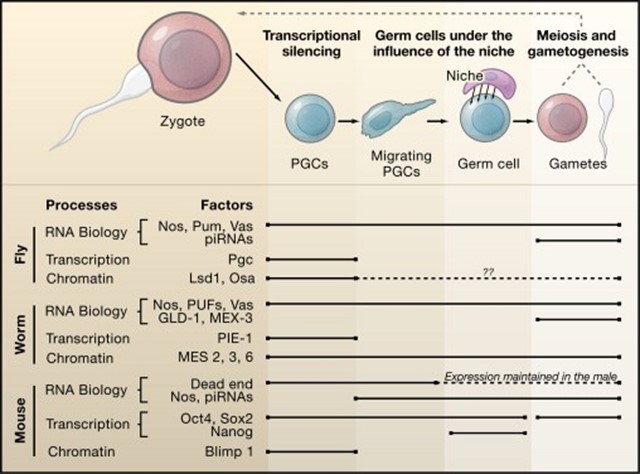
Correct Answer is A
Explanation
The thylakoid membrane of chloroplasts is where the light-dependent reactions of photosynthesis take place, while the mitochondrial inner membrane is where the electron transport chain and ATP synthesis occur during cellular respiration.
The tonoplast is the membrane that surrounds the central vacuole in plant cells. It is not involved in cellular respiration or photosynthesis.
The other options, epithelial and nuclear, are not related to these processes.

Correct Answer is D
Explanation
Most of the carbon dioxide from the blood moves into the alveoli by diffusion down a concentration gradient ¹. Carbon dioxide is always carried in the blood and is released into alveolar air during expiration ¹. Respiratory gases move from higher concentration to lower concentration ¹. In alveolar air, when carbon dioxide is less than in blood, carbon dioxide is released ¹.
The other options are incorrect because they do not accurately describe the process by which most of the carbon dioxide from the blood moves into the alveoli. Passive transport using carrier proteins, active transport using energy, and conversion to carbon monoxide is not the processes responsible for moving most of the carbon dioxide from the blood into the alveoli.
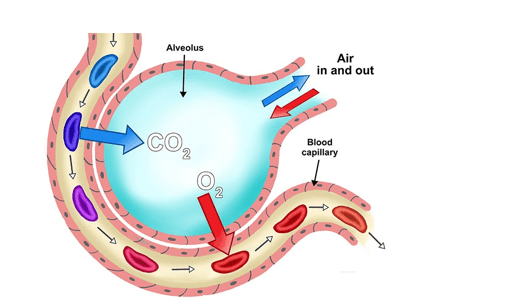
Correct Answer is D
Explanation
Both digestion and absorption happen in the small intestine ¹. Digestion is the process by which food is broken down into small molecules that the body can absorb and use for energy, growth, and repair ¹. The final products of digestion are absorbed from the digestive tract, primarily in the small intestine ¹.
The other options are not correct because they do not accurately describe where both digestion and absorption happen in the digestive system. The gallbladder stores bile produced by the liver, but does not play a direct role in digestion or absorption. The esophagus transports food from the mouth to the stomach, but does not play a direct role in digestion or absorption. The stomach plays a role in digestion by churning food and mixing it with gastric juices, but most absorption occurs in the small intestine.
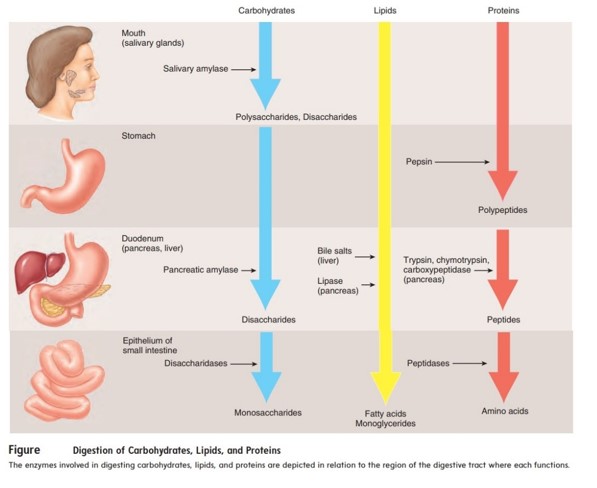
Correct Answer is C
Explanation
The best reason for the prolonged preservation of the body is that it was frozen in the cold temperature of the Alps shortly after death and remained frozen until it was found. Freezing can preserve a body by slowing down or stopping the decomposition process.
The other options are not as likely to have caused prolonged preservation.
Ultraviolet rays can damage molecules rather than preserve them. Toxins in food would not necessarily kill all bacteria that could cause decomposition. Blood loss from an arrow wound would not necessarily clear all enzymes that could break down tissue.
Correct Answer is C
Explanation
Ovulation is the process in which an ovarian follicle matures and releases a reproductive egg. During ovulation, the egg is released from the ovary and travels down the fallopian tube where it may be fertilized by sperm.
The other options are not processes in which an ovarian follicle matures and releases a reproductive egg. Oogenesis is the process of egg cell formation, menstruation is the shedding of the uterine lining, and fertilization is the fusion of an egg and sperm to form a zygote.
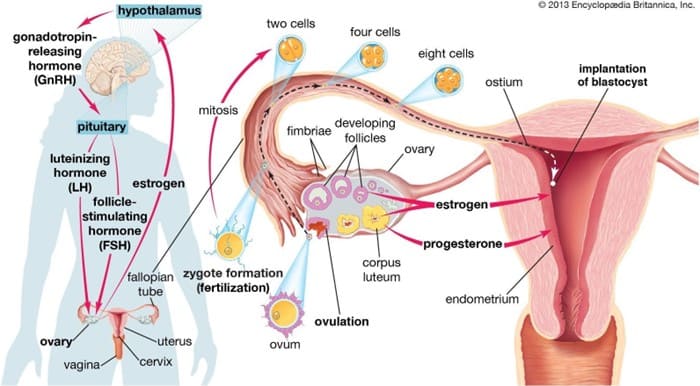
Correct Answer is A
Explanation
The function of a totipotent cell is to develop into any kind of cell ¹. Totipotent cells have the capacity to produce all adult cell types and can enter the germ line, contributing genetic material to succeeding generations ?. They have the ability to self-replicate, producing daughter cells that are identical to the parent ?.
The other options are incorrect because they do not accurately describe the function of a totipotent cell. Fighting infectious diseases, aiding in the maturation of sex cells, and carrying electrical impulses are not functions performed by totipotent cells.
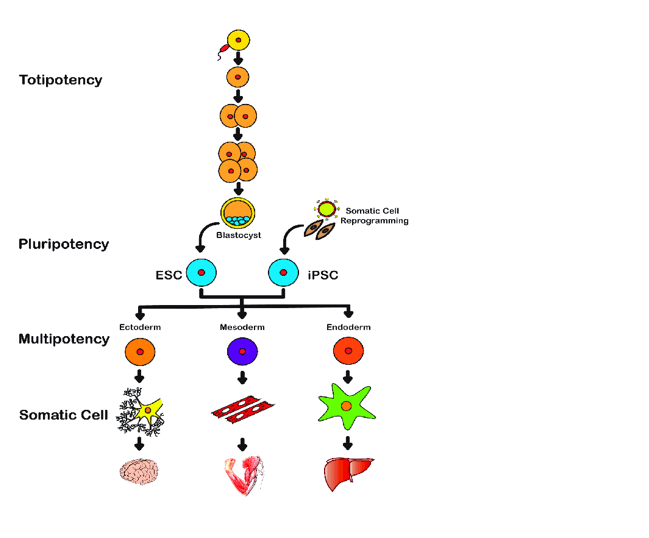
Correct Answer is C
Explanation
The organ that filters excess solutes from the blood is the kidney ¹. The kidneys are a pair of bean-shaped organs located on either side of the spine, just below the rib cage ². They are responsible for filtering waste products and excess fluid from the blood and excreting them in the form of urine ².
The other options are not correct because they do not accurately describe the organ that filters excess solutes from the blood. The stomach, spleen, and gallbladder do not filter excess solutes from the blood.
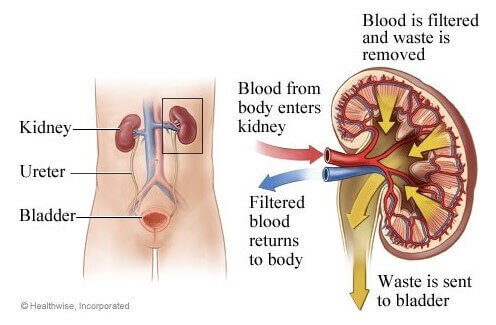
Correct Answer is A
Explanation
To accurately measure the density of a series of small irregular solids made of plastic, wood, fiberglass, and glass, a student will need a graduated cylinder, water, and a weighing balance. The student can use the water displacement method to determine the volume of each solid by measuring the volume of water displaced when the solid is submerged in a graduated cylinder filled with water. The mass of each solid can be measured using a weighing balance. The density can then be calculated by dividing the mass by the volume.
The other options are not correct because they do not provide the necessary tools to accurately measure the density of the solids. A spectrophotometer is used to measure light absorption and is not necessary for measuring density. A graduated beaker is less accurate than a graduated cylinder for measuring volume. A Bunsen burner is used for heating and is not necessary for measuring density.
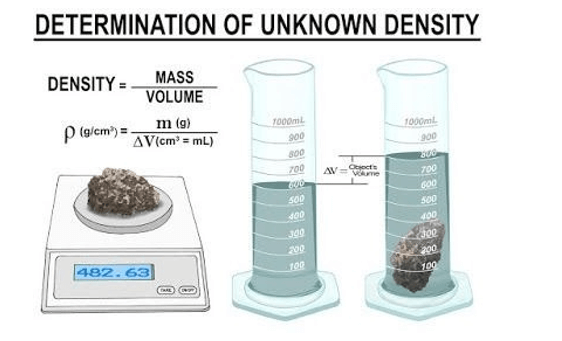
Correct Answer is B
Explanation
The relaxation of the chambers of the heart during the cardiac cycle is called diastole ¹. The cardiac cycle is a sequence of events that occurs when the heart beats ². It consists of two phases: systole, when the heart contracts and pumps blood into circulation, and diastole, when the heart relaxes and fills with blood ².
The other options are not correct because they do not accurately describe the relaxation of the chambers of the heart during the cardiac cycle. Tachycardia is a rapid heart rate, bradycardia is a slow heart rate, and systole is the contraction of the heart chambers.
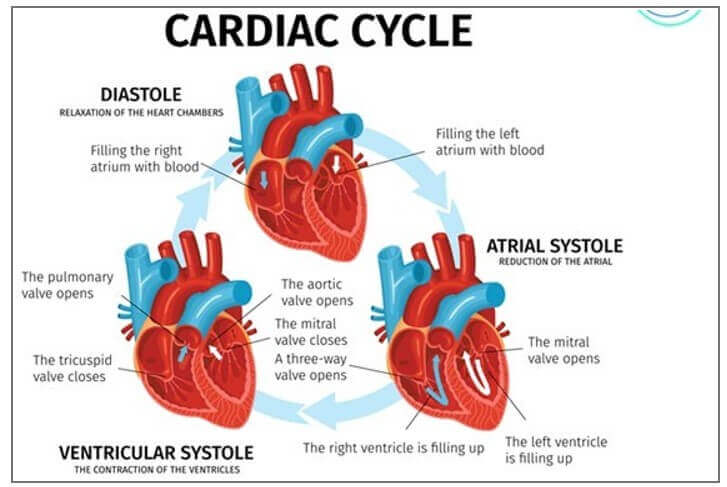
This question was extracted from the actual TEAS Exam. Ace your TEAS exam with the actual TEAS 7 questions, Start your journey with us today
Visit Naxlex, the Most Trusted TEAS TEST Platform With Guaranteed Pass of 90%.
Money back guarantee if you use our service and fail the actual exam. Option of personalised live tutor on your area of weakness.
